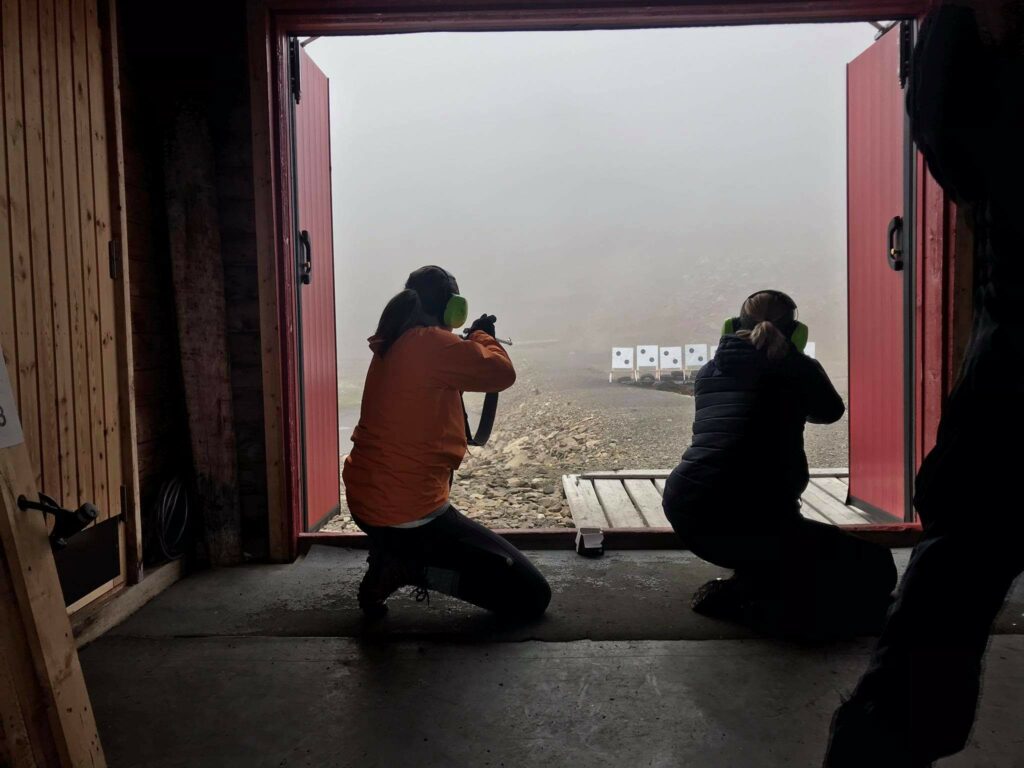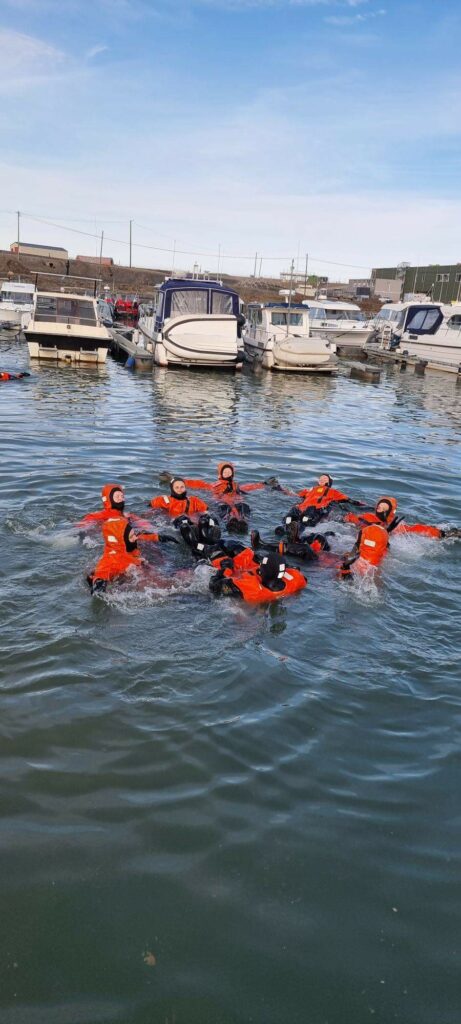This post will introduce you to my life in the Arctic town of Longyearbyen, a place where you can leave the settlement only with a rifle, where you have to take off your shoes when you enter university due to an old miner’s tradition and where the crop seeds of almost every nation in the world are stored as a back-up in the frozen permafrost. Longyearbyen is a 2’500 inhabitant large settlement on Svalbard, the northernmost Island of Norway in the Arctic and the place where I did a summer course in “Safety management in the Arctic”, supported by the Swiss Polar Institute (SPI).
The polar regions have a special fascination for me since they are the places on Earth that are the strongest affected by climate warming. During my studies and my many expeditions to the polar regions I have seen and learnt a lot about the consequences of climate change on our environment. This time I also wanted to understand how this influences human life up here and how they deal with the arising changes.
The first three days of the course were, as all courses at UNIS, dedicated to safety. An important part of the safety training is the shooting on the shooting range. Outside of the town one can always encounter a polar bear and therefore it is necessary to always carry a rifle and a signal pistol. In the training we learnt not only how to handle a rifle and shoot on a target, we also learnt how to behave when we meet a polar bear. Our goal is not to harm the polar bears. Therefore, we first try to scare the polar bear away by shooting with a signal pistol that makes a loud “boom” and has a bright red colour. Luckily, I only saw one bear from a safe distance far away on the other side of the fjord. Being out in the Arctic for me means to carry an extra amount of responsibility for the polar bears, your buddies and oneself since beside the usual potential hazards as extremely coldness and lack of mobile phone connection, an additional factor comes into play with the polar bears.

Another part of the safety training was to go swimming in the ocean with survival suits to learn how to survive in the cold Arctic water in an emergency. Although it might sound quite nice and warm to drift in a survival suit, I felt the coldness of the water through the insulated suit and my hands got cold in the gloves after some minutes. I did not want to imagine how it must be to be in a real emergency and drifting for several hours in the cold water. Nevertheless, the safety training was a highlight for me since it was very instructive and a lot of fun.

In the lectures we then learnt the theoretical background about managing safety in the Arctic. We looked at different models that can help us to prevent an accident from happening, factors that favour accidents especially in the Arctic environment and we learnt how climate change influences our behaviour outdoors. Moreover, we investigated different accidents in the Arctic to learn how we can improve the system in an organisation, such as our university, to prevent accidents from happening. To apply this theoretical concept in a more practical way, our class planned a field trip at the end of the course. We discussed the potential hazards that we might face, which equipment we need to pack, where we will walk and how we behave as a group. As I expected, there were many things that we needed to consider when we planned the trip for such a large group. During the trip we got accompanied by the safety responsible from the university that told us many interesting things about the town and environment. On the top of the mountain, we got company of a group of Ptarmigans that followed us on our way. Finally, we reached the glacier where the melt water channel lead us again to the starting point of the trip.
I personally learnt a lot from this course. I was impressed how important climate change already is for planning field trips here on Svalbard. Since temperatures change, there is no clear shift between summer and winter anymore and people in Svalbard need to use the shoulder seasons too for planning activities. More and more, also boats can be used during wintertime as the fjords are not freezing completely anymore. I further loved that I could apply in my free time what I learnt in the course because the mountains were just outside my door and the equipment was available. This gave me the chance to learn even more. I could not write about all interesting activities we did in the course, but I hope this gave you a nice overview about my stay in the Arctic this year. I want to thank SPI at this point again for supporting me! For me this was a great opportunity to learn more about the Arctic and it will for sure be useful for my future trips and research projects in the Arctic.
Janine Wetter is a Master student at the ETH Zurich. Her participation in the UNIS summer course 2021 “Safety Management in the Arctic” was financially supported by SPI.